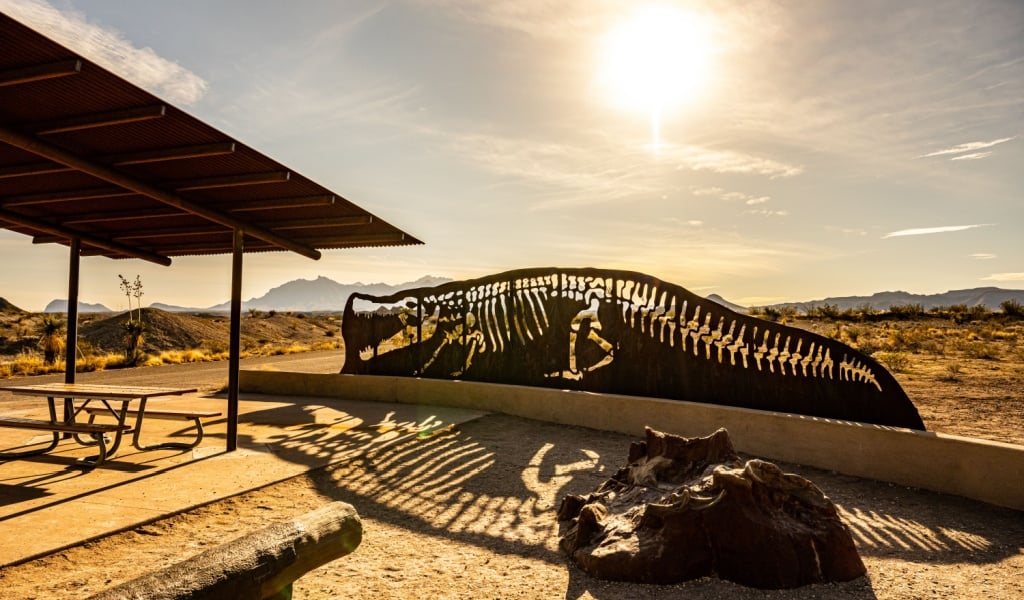When you were a kid, you probably heard that dinosaurs were the largest animals the world has ever encountered. However, did you know that recent research has uncovered a massive, bus-sized crocodile that preyed on dinosaurs? Understandably, imagining a crocodile eating a dinosaur might feel like a scene from a horror movie, but that is a fact.

Deinosuchus is the name given to this massive, extinct reptile. It is believed to have snacked on dinosaurs with its broad snout, similar to that of a crocodile. It was one of the largest crocodilians that ever lived, with a body nearly as long as a bus and teeth the size of bananas!
This beast is now considered one of the most fearsome predators ever to have roamed the Earth, and recent findings have shed light on why it became such a formidable dinosaur-eater. These predators also had a unique feature compared to other alligators: they were far more versatile and could survive in both freshwater and saltwater.
Let’s explore what made Deinosuchus such a terrifying and fascinating predator.
What Was Deinosuchus?
Deinosuchus, a crocodilian, looked very much like a modern crocodile, except that it was much, much larger. Its length was said to be 30 to 35 feet, approximately the size of a school bus, and it is estimated to have weighed over 8 to 10 tons, enough mass to crush the bones of any creature.
Researchers have found its fossils in Texas, Montana, Georgia, and New Jersey. This evidence suggests that it was widespread and could have lived in various environments, but always near water.
What And How Did Scientists Discover It?
Scientists have discovered skull bones and other parts of the Deinosuchus’s body, with the most impressive part being the skull, which is believed to be over five feet long. Apart from this fascinating body part, it had very thick and curved teeth, making it ideal for crushing turtles, fish, and even enormous animals like dinosaurs.
Scientists also found that it had a massive, armored body with thick skin and bony plates. Additionally, they discovered that the skull fragments had wide jawlines, indicating a shape similar to that of a modern crocodile. These findings are possible due to the well-preserved fossils.
What Made Scientists Believe That Deinosuchus Ate Dinosaurs?
The belief that Deinosuchus ate dinosaurs stems from evidence of bite marks on dinosaur bones that match the shape and size of Deinosuchus’ teeth.
While dinosaurs lived predominantly on land, this beast-like reptile used any chance it could get to turn them into a snack. When dinosaurs came to rivers to drink water, Deinosuchus, lurking underwater, would ambush them and drag them into the water to drown and then feast on their flesh.
Nonetheless, Deinosuchus didn’t seem to eat giant adult dinosaurs. It used its strength to snatch young or medium-sized dinosaurs, as adult-sized dinosaurs may have been more challenging to overpower or better equipped to fight them off.
It is also believed that these reptiles could have hunted in groups underwater, but this hasn’t been proven yet.
Scientists have also compared it to modern crocodiles and found key differences. A modern crocodile can be up to 20 feet long, while Deinosuchus grew up to 35 feet. A fascinating fact is that Deinosuchus had a bite force of over 20,000 pounds, whereas a modern crocodile has a bite force of up to 3,700 pounds. Deinosuchus lived 75 to 82 million years ago, while modern crocodiles are still alive today; therefore, these reptiles aren’t direct ancestors but rather distant cousins.

Is It Essential To Know About These Extinct Animals?
Absolutely! Studying creatures like Deinosuchus helps scientists understand the ancient food chain and how large reptiles interacted with dinosaurs. Furthermore, it shows us that not all prehistoric dangers came from land; water predators were, and still are, just as scary!
Scientists can also learn about how it grew, what it ate, and how it might have behaved. Research on Deinosuchus has even revealed that these creatures may have had a lifespan of more than 50 years.
Conclusion
Deinosuchus was one of the most fearsome aquatic predators of the dinosaur era. With its enormous size, bone-crushing jaws, and stealthy hunting style, it ruled the rivers and lakes of ancient North America. While dinosaurs dominated the land, Deinosuchus made sure that no creature was safe near the water.
Thanks to ongoing fossil research, we are continually learning more about these and many other incredible creatures that lived underwater, reminding us that nature’s monsters didn’t just walk on land. Sometimes, the deadliest threats came from the water!



